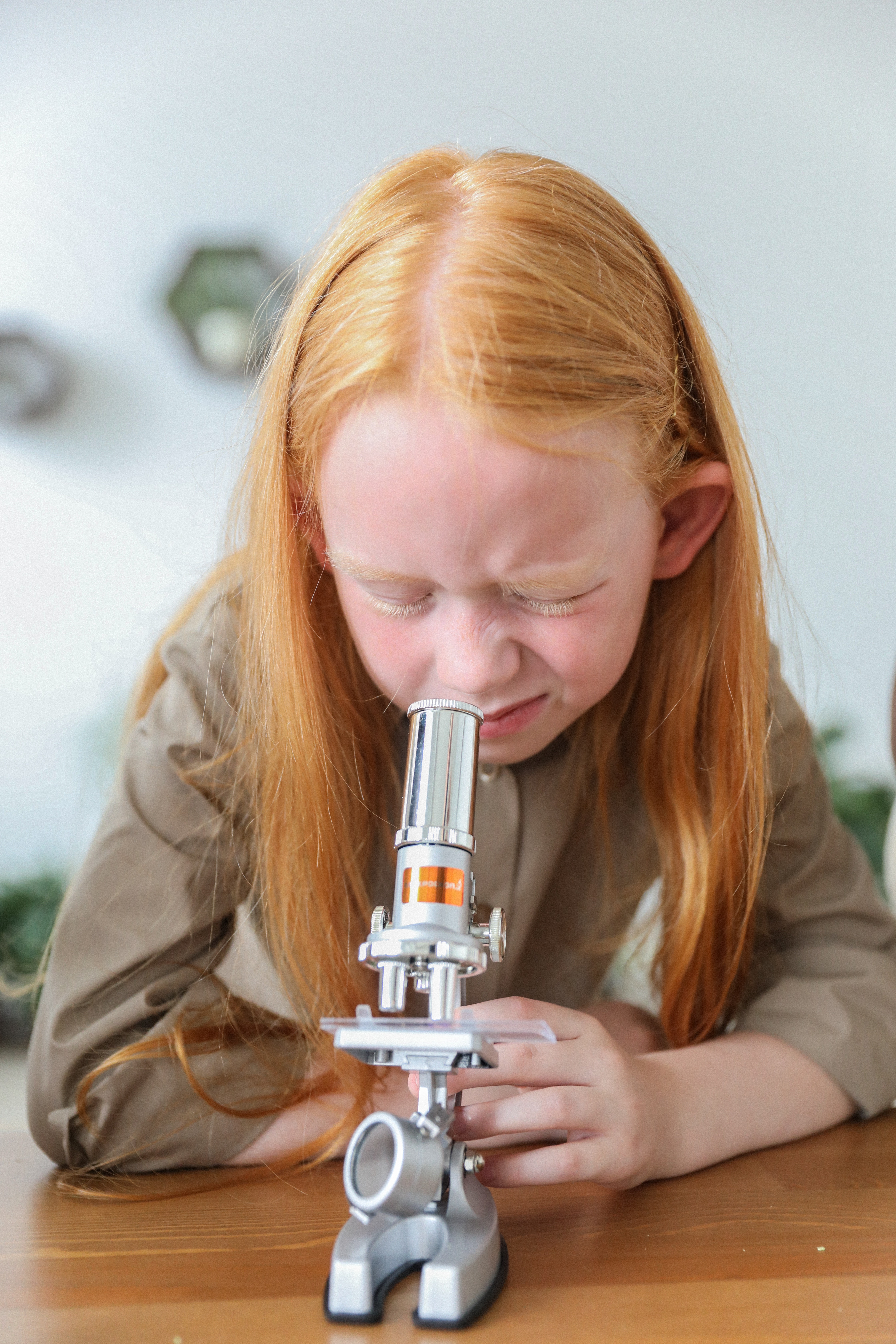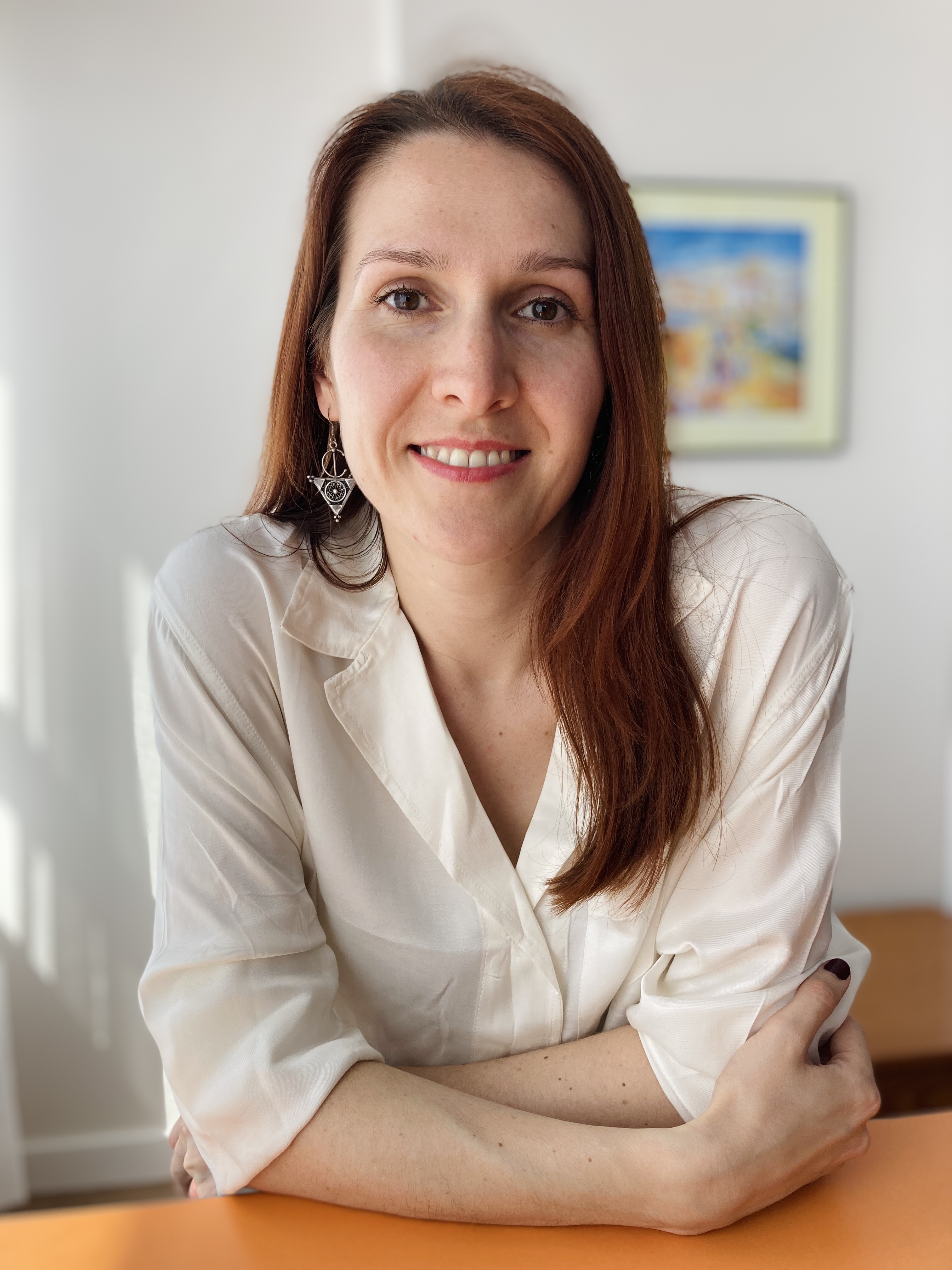Observation is one of the best friends you can have when working with a child. As adults we build a lot of expectations related to the child and we label or generalize easily certain behaviours, integrating them with patterns we’ve developed over time. The question is: how reliable are the conclusions we draw?
Imagine this.
Before the outside play routine, a child runs from the classroom to the hallway, where all the lockers are. You know we walk in the classroom and that is one of the class rules, set from the beginning. So you ask yourself. Why is he doing this? Because he wants to get outside faster. But what else can it be? Wait, observe ad ask yourself why. There’s a technique called The 5 Why’s, that helps you not to rush into analyzing a situation and jumping to conclusions. If we apply that, we automatically postpone the reaction we could have, but we also observe exactly what is going on.
Because he forgot we walk inside.
Because he is excited about going outside.
Because he forgot he is inside.
Because he is excited about a game he wants to play outside.
Let’s dig deeper. Why? Every time you answer this question, you’ll be surprised to see that maybe you’re no longer under the urge of the first Why, that pushes you to stop that child and remind him that inside we walk. You will probably see that you experience different emotions for each answer you get. And you might notice that that child was not rushing to be the first one out, but was rushing to put a carefully folded drawing to a friend’s locker, to surprise him, for him to find it when they prepare to go outside.
I mentioned all this, precisely because many times the first impression we get about a situation isn’t necessarily the complete one. Here comes observation, that helps us hit the brakes and not react to the first impulse we have. It helps us take a few steps back and try to see exactly what is happening, putting aside what we think might be happening.
But how do we observe efficiently? You will think it takes a lot of time, it is difficult, you observe all the time anyway, since you’re around the child, or you don’t know what to observe. This is why I want to share some ideas with you, that help me and that I think will be useful to you too.
#1 Be as specific as possible when observing.
Choose a specific aspect you want to observe. There is a multitude of topics that can be the focus of your observation. You can choose something related to how the child works/plays, related to the social area, to movement, or to his behavior in different contexts. Here are a few ideas:
Work/play: the time he spends engaged in an activity, what he chooses to do, how organized he is (everything is lying everywhere, objects are arranged somehow), is he easily distracted or not, he works/plays alone/with the others.
Social: he initiates games with others, how is the transition to the classroom, does he have friends, does he prefer to work/play alone, does he recognize emotions in others, does he express emotions, does he make eye contact.
Movement: is he constantly moving/more sedentary, does he move fast/slow/coordinated or not, does he tiptoe, how is his pencil grip.
Environment: does it work to stimulate his independence or does he always need the adult to reach things, to take them, where does he spend more time, are there materials/toys that aren’t used, are the objects in the environment useful, do they serve a purpose.
Behaviors: adaptability (how does he react to a new situation), how long does something keep him engaged, how does he react when things don’t go his way, when he has to wait, how willing is he to get involved in a new situation/activity, how intense are his reactions/emotions (from mild, tempered to very intense, tantrums).
After establishing what you wish to observe, try to be as objective as possible, writing down exactly what you see, without interpretations and assumptions.
#2 Focus on what the child can do.
When you focus on observing what a child can do, on his abilities and how he uses them and when you don’t get stuck in where he should be, according to your expectations or external standards, that is when you can build.
You can start from what he can do, from what he is when you observe, in order to know how to support him, how to help him get better at what he can do and get to the next level. If you are always comparing the child’s level to certain temporal marks you created in your mind or to examples around you, you miss out on what he shows you: that he is here, now, just as he is. That this is what he can do now, this is what interests him, that he can do many things is you offer him the opportunity and your trust.
Observation trains our patience, that we loose when we set unrealistic standards, precisely because the interval between how the child is now and how we want him to be can seem overwhelming and so, we try to speed up the process. But the process is the key to abilities developing naturally.
For example, if you notice a child’s interest towards sounds, if he pronounces a word’s initial sound with more emphasis, repeats it, you know that he is ready for more activities to discover sounds. And you start from here to prepare those activities.
But if you want to move straight to teaching him how to read, by teaching him the letters and rushing him to memorize them, it is very likely that you will discover a drop in his interest level or he might even abandon those activities all together, because he is not ready for letters. It is possible to make him feel frustrated because he does not understand what you ask him to do and that can push him away from letters for a long period of time.
Give him time, enjoy the process with him.
#3 Use what you observe.
Just observing and taking detailed notes of what you observed is not enough to get results. The purpose of observation is to give us information, to offer us a perspective on which to build a strategy. In order to know how to act to support a child, we must observe him and plan according to what he shows us, not according to what we think should be the next step.
So the notes you take (mentally or written) should be filtered. You have to reflect on what you observed. From there, you can begin to act in helping the child refine what he can do, giving balanced challenges, to his level. In this manner, he build on what he has already learned, progressively, according to his rhythm. You observe, you reflect on what you have seen, you plan, you act and then you observe again, to see if your plan works or not.
Observation is a cycle.
#4 Give yourself time to observe.
Allow yourself to take a few minutes to really pay attention and be present when observing. Put the lists on hold and open your mind, with no expectation. Start from a little, to be able to gradually build this the number of minutes for observing. 2-3 minutes are enough at least to build this habit of sitting down and observing, without interfering. And while you observe put aside the idea that you know exactly what you’re seeing and don’t jump to conclusions. Ask more questions, rather than rushing to give the answers.
As abstract and slippery observation may seem from afar, it becomes clearer and more useful, the more you internalize it and transform it into an ability, into a tool always at reach to get you out of difficult situations.

